I want to write a behavioral verilog code for a FF with the following characteristics as shown in the picture.
module DFF ( D, CK, RN, Q );
input D, CK, RN;
output reg Q;
always @ (posedge CK)
begin
if ( RN==1'b0 )
Q <= RN ;
if ( RN==1'b1 )
Q <= D ;
if RN
I DONT KNOW WHAT TO WRITE HERE
end
);
endmodule
